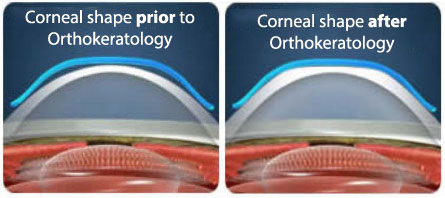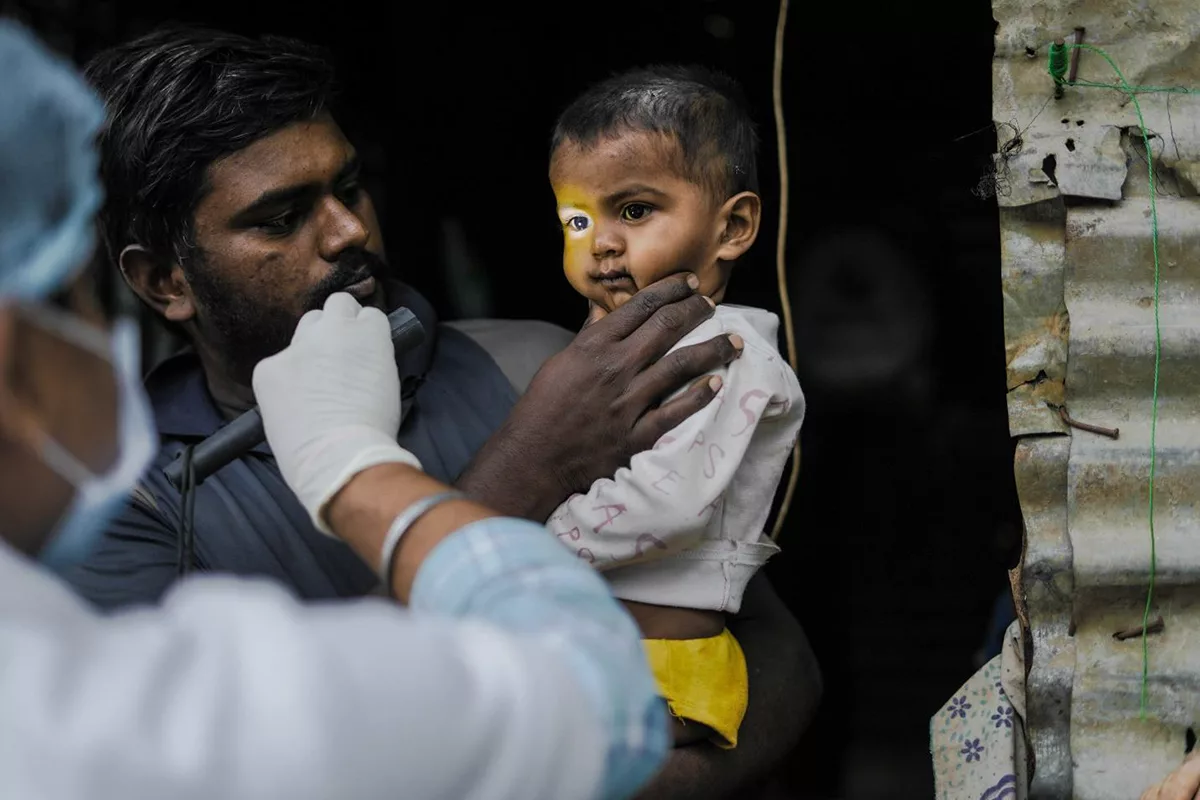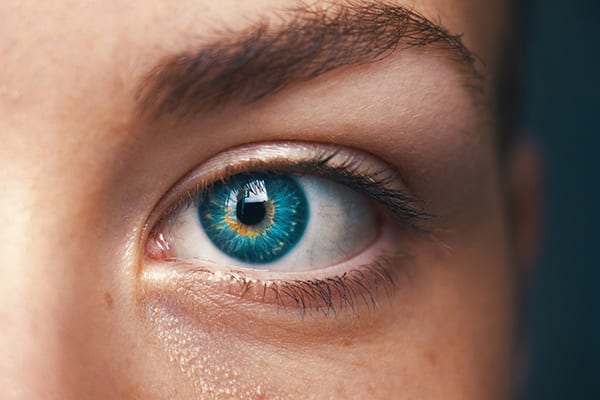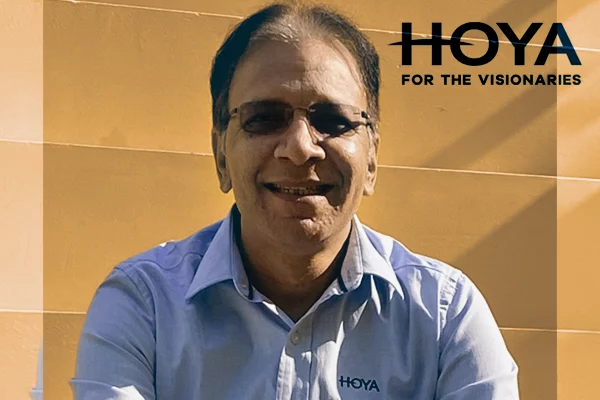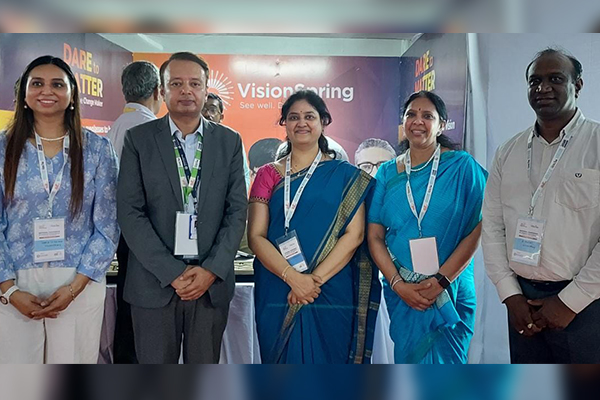Orthokeratology – This is a non-surgical procedure that eliminates the need for glasses or daytime contact lenses. And here is everything you need to know about it
Orthokeratology improves vision by gently reshaping your eyes while you sleep using specially designed therapeutic contact lenses you just put on the specially fitted lenses in while you sleep. These safe and effective treatments can help correct your nearsightedness, farsightedness, astigmatism and presbyopia. It is a great alternative to LASIK for those who don’t want the risk or are not ready for surgery.
Advantages Of Orthokeratology
- Clear day time vision without the need for glasses or contact lenses
- No surgical procedure needed
- No hazy vision of similar post-laser-surgery conditions
- Can modify itself according to your eye conditions
- It is completely pain-free
- Is safe for the use of child
- It is a safe and well-understood technology
How Does Ortho–K Work?
Ortho-K works by using firm contact lenses to reshape the cornea, allowing 20/20 vision without the need for glasses. While rigid lenses are generally considered to be not as comfortable as soft lenses overnight, Ortho-K is generally very well accepted since the main cause of rigid lens discomfort during working hours is the feeling of the eyelids moving over the lens edges while blinking. Since Ortho-K lenses are worn when you are asleep, there is no blinking and therefore generally no residual feeling of the lens after the adaptation period.
60% of our eyes focusing power comes from the cornea. The cornea is extremely sensitive to very small changes. For example, 6um flattening of corneal thickness results in 1 diopter of changed vision in myopia. So a specially shaped lens can be used to lightly press the cornea causing it gradually to be reshaped to the correct shape for focused vision.
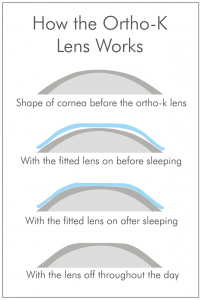
Ortho-K lens
It is manufactured using high speed computer assisted lathes and made from an advanced highly oxygen permeable material which allows our eye to breath overnight and maintains excellent health.
Effect Of Ortho-K
The effect of Ortho-K lasts for around 72 hours. Once patients have acclimatised themselves to Ortho-K they commonly experience noticeable improvements within a few hours of use. With regular use of Ortho-K, you can expect to experience 20/20 day time vision after a week. Ortho-K can be used for a lifetime.
Safety
Ortho-K is a very safe and reversible procedure. It was approved by FDA in 2002 however as with any contact lens wear there is a small risk. Most typically a minor infection easily addressed by antibiotic drops . The risk is greatly minimized by adopting a regime of very careful cleaning and disinfecting by wearing the lenses as prescribed.
Ortho-K For Children
It is an easy and convenient way to correct a child’s vision, overnight vision correction, removing the need for glasses or conventional lenses. It improves the child’s confidence to play without the fear of losing a lens or breaking their glasses. Myopia can lead to a shopping list of eye problems in later life. Short sighted eye are more susceptible to retinal tears or detachments because of the stretching upon the eye. Thankfully Ortho-K allows children to slow the advancement of degenerative eye problems using firm ‘retainer- like’ contact lens.
Ortho-K slows the advance of these conditions at an early age without the need for surgery or spectacles. Ortho-K lenses are worn at night, while sleeping, hence there is no discomfort experienced. When the child is asleep the lenses apply pressure to the cornea, gently reshaping the eye to allow improved vision in the morning that lasts all day.
Ideal Ortho-K (Orthokeratology) Candidates Are Patients Who :
- Do not want to wear contact lenses during the day
- Are children that are beginning to be nearsighted
- Are too young for Lasik
- Are active in sports and water activities
- Want a less expensive alternative to Lasik
- Want a non-surgical and non-invasive alternative to surgery

